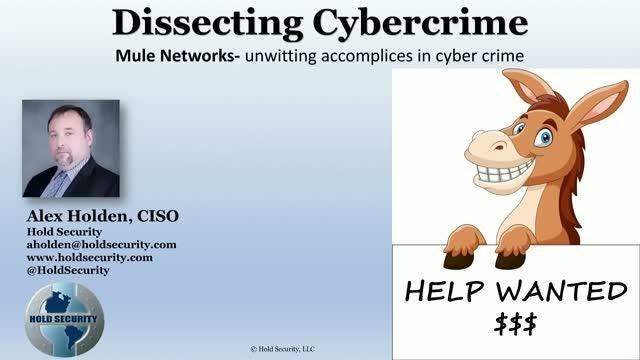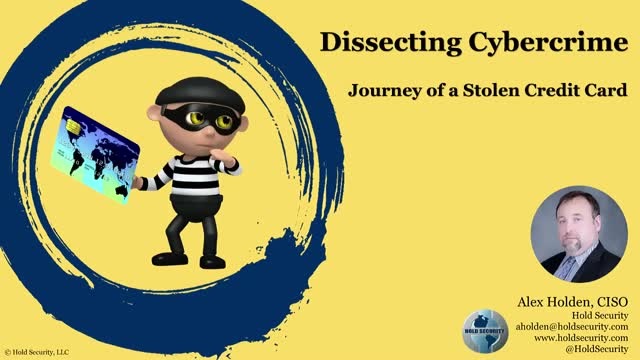







In the midst of the Coronavirus pandemic, our society is struggling to adjust to the necessary and unexpected changes. In the information security space, we are prepared for many things, but dealing with a pandemic crisis leaves many unprepared.

Security threats mutate and lately they are becoming more bold than ever. What is driving this pattern? We will examine new patterns in ransomware, phishing, and data exposures that are greatly affecting our security posture as well as provide better guidelines for mitigating these threats.
